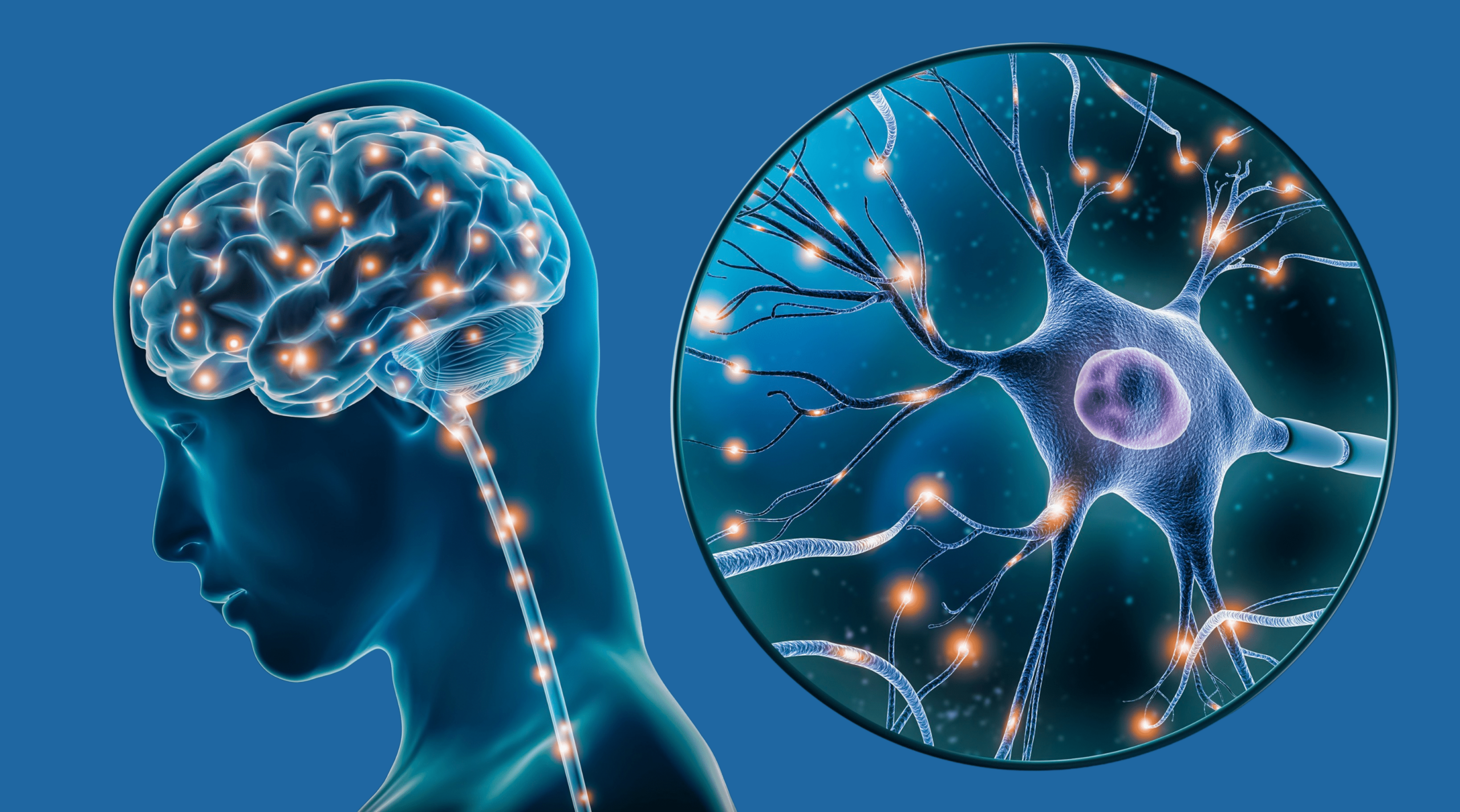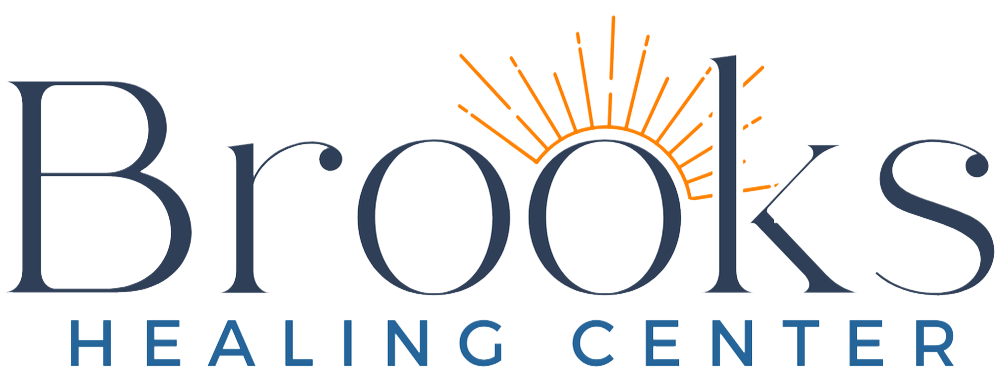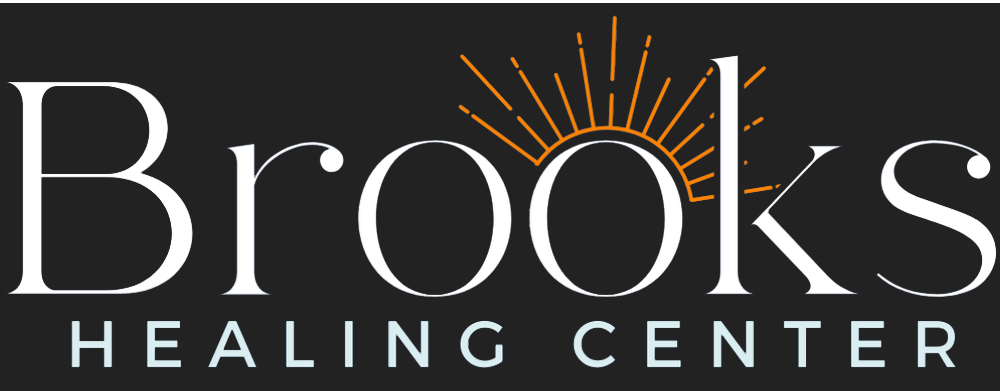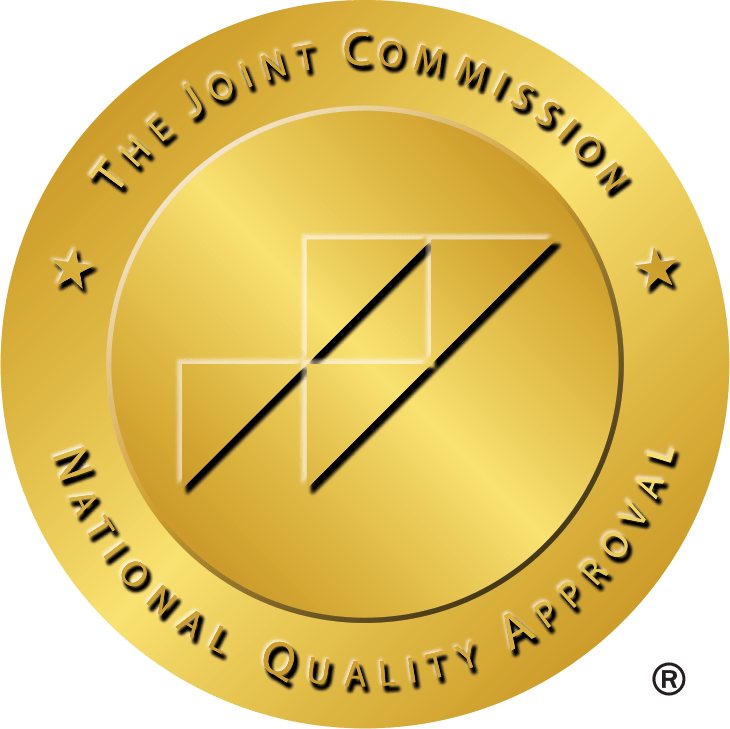Brainspotting (BSP) Therapy In Tennessee At Brooks Healing Center
The Revolutionary Brain-Based Therapy For Trauma and Recovery
BSP therapy, or brainspotting, is an innovative type of psychotherapy that is gaining traction as a potent tool in the mental health and recovery field. Direct and indirect trauma exposure or PTSD is commonly associated with substance use disorder. One study revealed high rates of lifetime dependence on alcohol, cocaine, opiates, and marijuana, with greater use directly correlating with greater levels of childhood physical, sexual, and emotional abuse or current PTSD.[1]
This tells us that some brains are literally hard-wired to be more susceptible to substance abuse due to traumatic experiences. The revolutionary brainspotting therapy harnesses the power of the brain to delve into the deepest recesses of trauma and help individuals navigate their way to healing.
Understanding Brainspotting Therapy

Understanding Brainspotting Therapy
Brainspotting, often abbreviated as BSP therapy, is a therapeutic technique discovered by David Grand, Ph.D., in 2003. It is a brain-based therapy that leverages points in a person’s visual field to access and process traumatic memories trapped in the subcortical brain. The subcortical brain is the area responsible for emotions, consciousness, learning, and motion.
The fundamental premise of brainspotting is that “where you look affects how you feel.”[2] According to this theory, the direction of your gaze can impact your emotional state and thus influence the therapeutic process. This groundbreaking concept has led to the training of over 13,000 therapists worldwide, signaling the growing acceptance and application of this relatively new therapy.


Each new day is a fresh opportunity to make a life-altering change and improve your quality of life. We want to help you identify the underlying challenges to recovery and better understand yourself so you can finally live the life you were always meant to live. Call today to get started and learn more about BHC.
The Benefits of BSP Therapy
Brainspotting therapy has been found to be beneficial for a myriad of issues, especially those linked to trauma. It can provide relief for individuals battling anxiety, attachment issues, substance use, chronic pain, Post Traumatic Stress Disorder (PTSD), and Major Depressive Disorder.
In a small study, participants reported benefits of brainspotting that included a reduction in PTSD, anxiety, and depression symptoms after only a few sessions. Other benefits noted included a decrease in pain, a reduction in negative thought patterns, better sleep, and increased energy. A short-term intervention like BSP (approximately 3 sessions with BSP vs 8-12 sessions with EMDR) offers greater flexibility without sacrificing positive outcomes.
Who can benefit from brainspotting therapy?
BSP therapy is effective for a wide range of emotional issues and somatic conditions, including:[4]
- Trauma and PTSD: Childhood or current trauma can impact your potential and overall functioning. Trauma also contributes to anxiety, depression, and other behavioral issues that present challenges to everyday life.
- Emotional Issues: How you feel impacts how you perform in everyday life, and with BSP therapy, you’re directly targeting brain spots that impact how you feel to improve your experience.
- Addictions: Understanding the connection between trauma and addiction, BSP therapy helps target the underlying causes and influences of alcohol or drug abuse and provides relief from those internal struggles.
The Effectiveness of BSP Therapy
While research on brainspotting for trauma and other conditions is still in its early stages, preliminary studies suggest that it may be as or more effective than EMDR or Cognitive Behavioral Therapy (CBT). One study indicated that BSP therapy was as effective as Eye Movement Desensitization and Reprocessing (EMDR) but required fewer sessions.[5]
Unlike these other modalities, where patients’ symptoms returned at the 6-month follow-up, patients who underwent brainspotting continued to improve even after their treatment had ended. However, as brainspotting is still relatively new, there is limited research on its long-term effects.
Frequently Asked Questions
About BSP Therapy
What does a Brainspotting session look like?
A brainspotting session usually includes several techniques and components, including guided eye positioning, body sensation focus (how do you feel?), bilateral stimulation (waves, soft sounds, etc.), silent processing (as opposed to verbal), and dual attunement with the therapist to maintain a brain-body connection.[6] It’s important to remember that each session and strategy may be approached differently for each patient to ensure their unique needs are met.
How is Brainspotting different from other forms of therapy?
Other common therapies associated with trauma and addiction recovery include Cognitive Behavioral Therapy (CBT) and Eye Movement Desensitization and Reprocessing (EMDR). CBT is a form of talk therapy that focuses on identifying harmful thought patterns that influence undesirable behavior to create new, healthy pathways in the mind.
EMDR is fairly similar to BSP but emphasizes eye movement vs eye position or focusing on one spot in the brain, like with BSP. It’s also worth noting that while brainspotting does not require as much reliving of trauma as EMDR, it does involve discussing painful memories and feelings.
How long does a typical Brainspotting session last?
In most cases, BSP therapy sessions last approximately 40 minutes, but each patient’s individualized treatment plan may offer variations tailored to their needs.[7]


